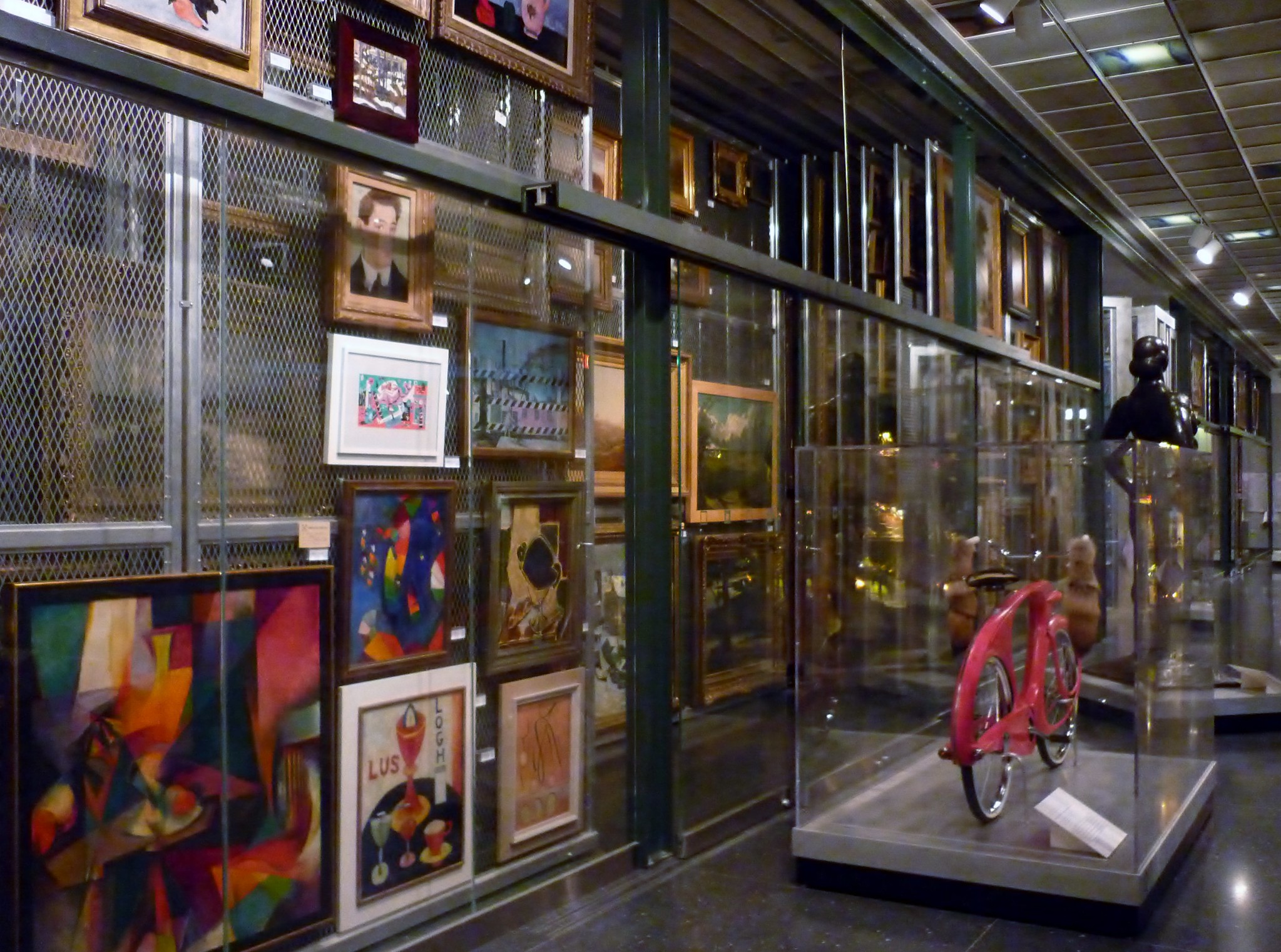Museums build their collections by purchasing items, receiving donations, and getting objects or images on loan, some of which may later turn into a permanent part of the collection. When something enters our permanent collection, it becomes “accessioned” and is given an accession number, entered into the collections database, and stored safely in the museum’s secure storage or put on display.
The Birthplace of Country Music Museum (BCMM) has two separate collections where we accession items:
- The museum collection, which serves as a place to preserve important items related to the museum’s content, many of which will be used in our permanent or special exhibits at some point
- The education collection, which includes items that we will take out and use as hands-on examples when we go to schools or for outreach activities
Both collections are very important to our mission, which states that the museum will “develop programs of exhibitions, education, research, and publications and events that engage our audiences.”
A large percentage of BCMM’s collections come from donations, and we are always very grateful for these gifts. However, we have a very strict collection policy and limited storage space, and so each potential donation has to be assessed carefully before it is accepted and accessioned into the museum. BCMM’s collections policy states that our permanent collection should consist of, “items that help tell the story of the Bristol Sessions, most notably instruments, photographs and negatives, audiovisual materials, paper items (songbooks, sheet music, letters, and ephemera), legacy playback and recording machines, and items related to radio in the Tri-Cities and upper Southeast. The museum also houses its institutional archives, including items related to the Bristol Rhythm & Roots Reunion festival.” We also keep items relating to and about Tennessee Ernie Ford and radio equipment. A visitor to our website can find out more about our collections, including a detailed list of the types of items we accept as donations. However, if you are interested in possibly donating an item to a museum you should always contact their collections department to see if the proposed item fits into their collection and that they have space to store it in the correct conditions.
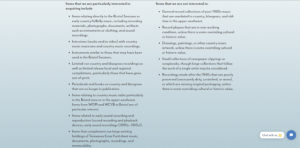
People decide to donate to museum collections for a variety of reasons. For instance, some people may want to donate objects that have been found while decluttering their house. Another reason is that the donor values the item, but no other family member may be interested in it as much as the donor. Wanting the item to go to a good home and be preserved is another reason behind museum donations. Finally, the donor may recognize the item’s historical importance or see how the story it tells connects in an interesting way to the museum’s content.
When donating artifacts, many people choose to do so in memory of a loved one who has passed. At the Birthplace of Country Music Museum, we receive a lot of country music records and other items donated in memory of a friend or family member. In these cases, the donors want a place where the items will be cared for and cherished as much as their loved one did, and the donation process is often poignant as they share the stories of their loved ones with museum staff. This recognition is an important part of the donation for the donor and is reflected in the credit line they provide for use in the museum’s collections database and on any labels when the item is on display or used for other purposes, such as social media or a blog post like this one!
Here are just a few of the items in BCMM’s collections that have been donated in memory of loved ones:

In Memory of Carolyn Clark
In June 2022, the museum received a donation of three records in memory of Carolyn Clark from her sons. The records were brought to the museum by Mrs. Clark’s husband and included Arthur Smith’s Singing On The Mountain, The Carter Family Album, and Dolly Parton’s As Long As I Love. These records will enhance the museum’s collections, especially in the connections that can be made between two of them and an upcoming special exhibit on women in old-time music, and the donation gives the family the chance to remember their wife and mother in a meaningful way.
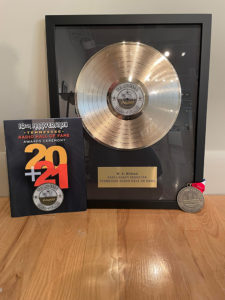
In Memory of W. A. Wilson
In October 2021, we received multiple items related to W. A. Wilson, the founder and first president of WOPI-AM, a well-known Bristol radio station and the first radio station between Knoxville and Raleigh. From his family, we received a framed record, medal, and program from Wilson’s induction into the Tennessee Radio Hall of Fame providing a wonderful piece of Bristol’s radio history for our museum.
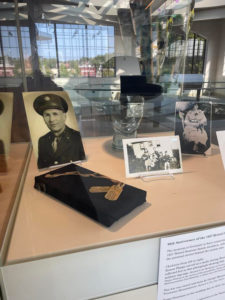
In Memory of Ernest Phipps
In 2017, we received multiple items that belonged to Ernest Phipps. Phipps recorded six songs on July 26, 1927 at the Bristol Sessions. His granddaughter donated Phipps’s military dog tags, his marriage license with Minnie Douglas, five family photos, a typed list of his recordings, and a copy of Charles Richard Phipps’s birth certificate at the 90th anniversary celebration of the 1927 Bristol Sessions. This year, for the 95th anniversary of the 1927 Bristol Sessions, we put Phipps’s dog tags and a photo on display.

In Memory of Ruth Hamm
Also in 2017, Dorothy Horne donated 54 shape note songbooks from the mid-1900s singing schools, in memory of her mother, Ruth Hamm. These songbooks are a great resource to see how people learned to sing – and find the correct pitch for – the many popular sacred songs of the era. Hamm went to a lot of singing schools and bought most of the shape note songbooks when they were released.
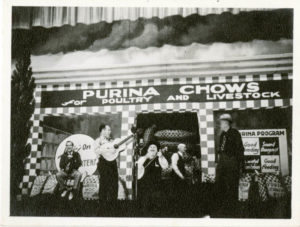
In Memory of Bill Inscho
In 2018, Lawrence Inscho donated 11 photos taken at the Grand Ole Opry by his father, Bill Inscho, in 1945 and a photo of his father Bill. These photographs are a wonderful personal record of several famous stars performing on the stage at the Opry, including Pee Wee King, Uncle Dave Macon, and Zeke Clements.
We love getting to preserve the wonderful pieces that families have enjoyed for years and hearing the stories of why they want them to be preserved. If you have any artifacts that may be of interest to the Birthplace of Country Music Museum’s collectio,n please reach out to collections@birthplaceofcountrymusic.org.
* Image at top of page: The dream of visible collections storage as seen at the Brooklyn Museum. Photograph by Mark B. Schlemmer
Julia Underkoffler is the Birthplace of Country Music Museum’s Collections Specialist.


